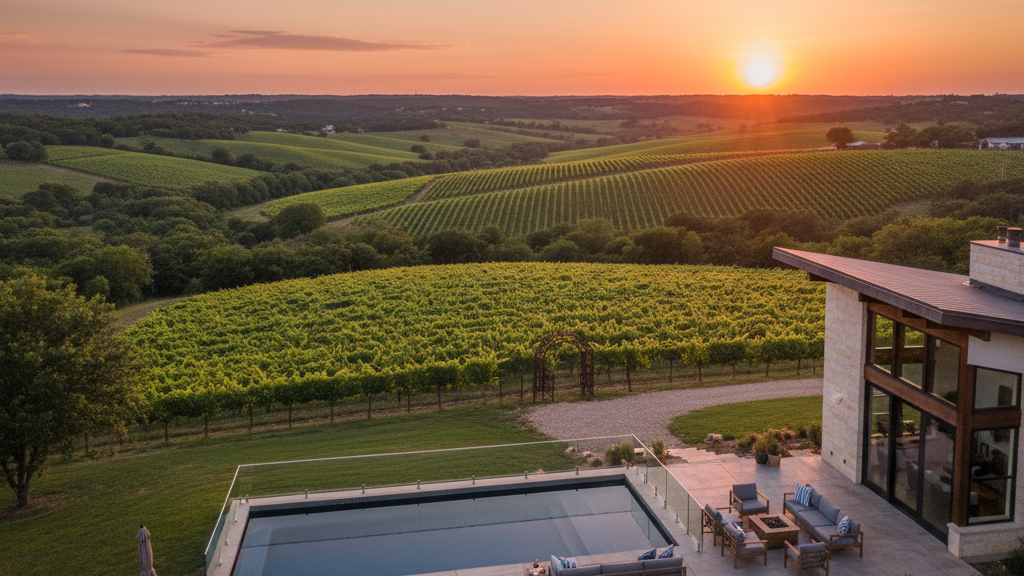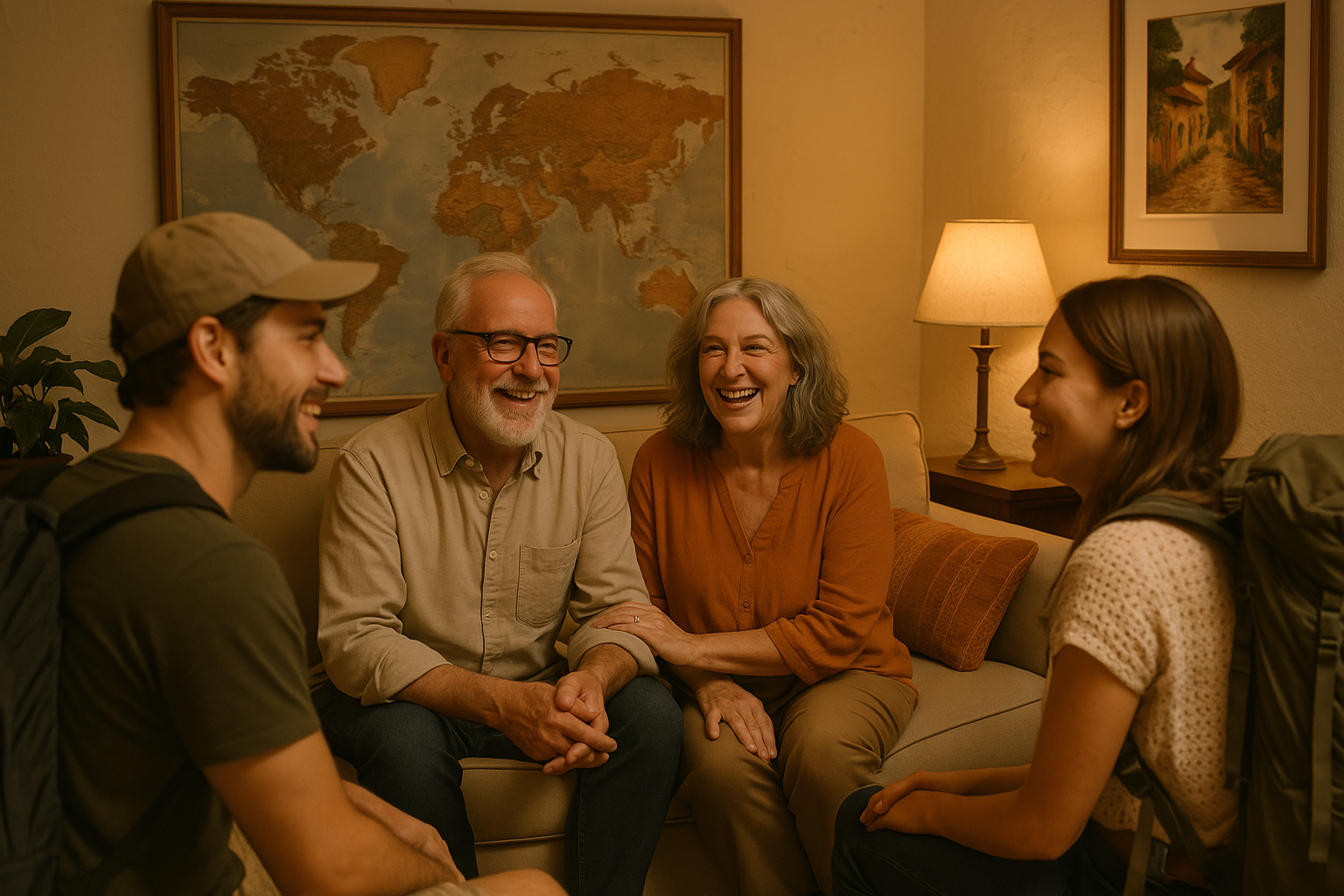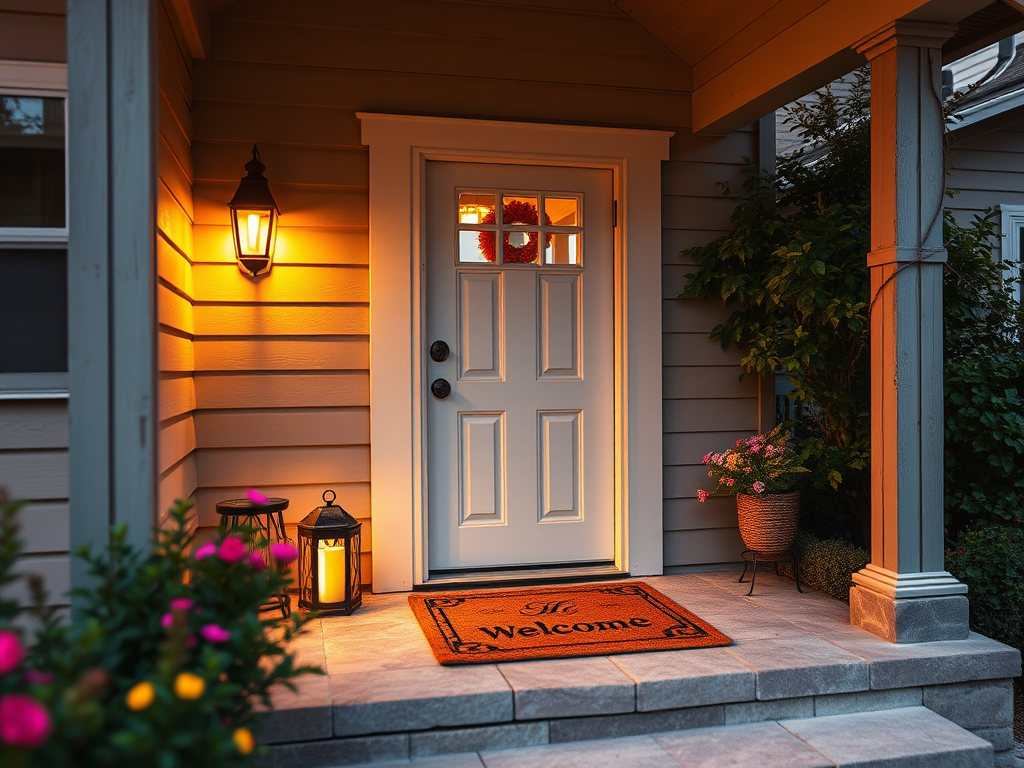On a warm September evening in Austin, I sat across from María Elena Vásquez in her cozy kitchen, watching steam rise from two cups of café de olla as she scrolled through her phone, checking messages from guests at her three short-term rental properties. Just eighteen months earlier, she was working double shifts as a nurse, dreaming of a different life. “Nunca pensé que esto sería posible,” she said with a gentle smile, switching between English and Spanish as she often does when emotions run high. “I never thought this would be possible.”
María Elena’s story mirrors a growing movement across the United States, where ordinary people are discovering that short term rental hosting offers more than just supplemental income—it’s becoming a pathway to sustainable living. As we navigate through 2025, the landscape of side hustles has evolved dramatically, with side hustlers now earning an average of $891 per month, and many finding that short-term rentals can provide the foundation for financial independence they’ve been seeking.
The aroma of María Elena’s coffee filled the room as she shared her journey, and I couldn’t help but think about the thousands of others like her—people who started with a spare room or a small investment property and discovered they were building something much larger than a side business. They were crafting a new way of life, one guest at a time.
The Expanding Horizon of Opportunity
Walking through neighborhoods from Austin to Miami, I’ve witnessed firsthand how the short-term rental market has become a beacon of opportunity for those seeking financial freedom. The numbers tell a compelling story: the U.S. vacation rental market is projected to generate $20.08 billion in revenue in 2025, growing at a CAGR of 4.13% through 2029.
But behind these statistics are real people like David Chen, a former software engineer from San Francisco who started with a single unit in 2023. “The recovery has been remarkable,” he tells me over video call, his background showing the Golden Gate Bridge. “We’ve seen revenue performance bounce back stronger than anyone expected after the pandemic disruptions.”
The market dynamics have shifted in favor of thoughtful hosts who understand their local communities. Supply and demand patterns vary dramatically by location, creating pockets of exceptional profitability for those willing to do their homework. In emerging markets like Nashville and Denver, demand continues to outpace supply, while established markets reward hosts who offer unique experiences and exceptional service.
What strikes me most about this growth is how it’s democratizing real estate investment. You no longer need hundreds of thousands in capital or decades of experience to participate in this market. The barriers to entry have lowered, but the potential for success remains remarkably high for those who approach it with dedication and strategic thinking.
From Dreams to Reality: Stories of Transformation
Let me tell you about James and Sarah Mitchell, a couple from Atlanta who transformed their financial future through creative short-term rental strategies. When I met them at a local coffee shop near their first property, Sarah was practically glowing as she described their journey. “We started with rental arbitrage,” she explained, referring to the practice of leasing properties and subletting them as short-term rentals.
Their approach was methodical and inspiring. James continued his day job as a marketing manager while Sarah focused on property management and guest relations. Within eight months, they were managing four properties and generating enough income for Sarah to leave her corporate position. “The beauty of this business,” James reflects, “is that you can scale without massive capital investments if you’re smart about it.”
The secret to their success lies in understanding that modern short term rental management isn’t about being available 24/7—it’s about systems and automation. They use management software to handle everything from pricing optimization to guest communications, allowing them to maintain high service standards across multiple properties without burning out.
Their story resonates with me because it shows how technology has leveled the playing field. Small operators can now compete with larger companies by leveraging the same tools and platforms, creating opportunities that simply didn’t exist a decade ago.
Navigating Challenges with Strategic Wisdom
Of course, no journey toward sustainable living through short-term rentals is without its obstacles. During my travels researching this story, I’ve encountered hosts dealing with evolving regulations and market pressures that can feel overwhelming at times.
Take Roberto Santana, who operates three properties in different markets across Texas. “Las regulaciones cambian constantemente,” he tells me, his voice carrying both frustration and determination. The regulatory landscape shifts constantly, requiring hosts to stay informed and adaptable. Some cities have implemented strict licensing requirements, while others have limited the number of short-term rental permits available.
But here’s what I’ve learned from successful hosts like Roberto: challenges create opportunities for those willing to adapt. When regulations tightened in his primary market, he diversified into emerging markets with more favorable policies. He also discovered that event-driven rentals during festivals and conferences could generate exceptional returns, even in highly regulated areas.
The key is strategic market selection. Today’s market rewards operators who focus on data-driven decisions rather than gut instincts. Successful hosts analyze occupancy rates, average daily rates, and seasonal patterns before entering new markets. They understand that profitability isn’t just about finding cheap properties—it’s about finding the right properties in the right locations for the right guests.
Technology as the Great Equalizer
Sitting in María Elena’s living room, I watched her seamlessly manage guest check-ins, adjust pricing across multiple platforms, and schedule maintenance—all from her smartphone. The transformation of short-term rental management through technology has been nothing short of revolutionary, and it’s what makes the leap from side hustle to sustainable living possible for ordinary people.
“Before I had the right tools, I was drowning,” she admits, showing me her dashboard that displays real-time analytics across all her properties. Modern property management platforms have automated tasks that once required hours of manual work. Dynamic pricing algorithms adjust rates based on demand, competition, and local events. Automated messaging systems handle guest communications while maintaining a personal touch.
The most successful hosts I’ve interviewed understand that technology isn’t about replacing human connection—it’s about amplifying it. They use automation to handle routine tasks so they can focus on creating memorable experiences for their guests. Smart locks eliminate key exchanges, while IoT sensors monitor everything from temperature to noise levels, ensuring properties stay in perfect condition.
Industry trends for 2025 show continued investment in AI-powered tools that can predict market changes, optimize cleaning schedules, and even suggest property improvements based on guest feedback. For hosts willing to embrace these technologies, the potential for scaling operations while maintaining quality has never been greater.
The Heart of Hospitality: More Than Just Business
As our conversation wound down that evening, María Elena shared something that made me pause. “You know, Edgar, this business changed me as a person,” she said, her voice soft with reflection. “Every guest teaches me something new about the world, about different cultures, about what home means to people.”
This is the aspect of short-term rental hosting that statistics can’t capture—the profound personal growth that comes from opening your space to strangers and watching them become temporary neighbors, even friends. I’ve seen shy hosts blossom into confident entrepreneurs, introverted property managers become community connectors, and people who once felt stuck in corporate careers discover they have a gift for hospitality.
The emotional journey isn’t always smooth. There are difficult guests, unexpected maintenance issues, and sleepless nights worrying about reviews. But there’s also the guest who leaves a heartfelt note about how your property helped save their marriage, or the family who returns year after year because your place feels like their home away from home.
Building a community of guests and fellow hosts creates connections that extend far beyond business transactions. In cities across America, I’ve found informal networks of hosts who support each other, share resources, and celebrate successes together. This sense of comunidad (community) becomes part of what sustains hosts through the challenges and amplifies the joys of their journey.
Embracing Your Potential
As I walked back to my car that night, the Austin skyline twinkling in the distance, I thought about all the stories I’ve collected over the years—stories of ordinary people who discovered extraordinary potential within themselves. The path from side hustle to sustainable living through short term rental hosting isn’t guaranteed, but for those willing to learn, adapt, and persist, it offers something increasingly rare: the opportunity to build a business that aligns with your values while creating genuine value for others. Your journey might just be one decision away from beginning.










